Artificial intelligence (AI) is more than a marketing term in the quickly changing world of today; it is a revolutionary force that is reshaping every aspect of human existence. AI is having an impact on a wide range of industries, from healthcare and banking to preventing climate change and promoting innovation. Let’s examine the ways in which artificial intelligence is improving several aspects of life.
In Finance:
AI is transforming risk management in the financial industry in addition to automated trading. Large-scale datasets are analyzed by machine learning algorithms to find trends and abnormalities, which helps financial organizations better evaluate and manage risks.

In addition, AI-powered chatbots and virtual assistants are improving customer support interactions, offering tailored suggestions, and responding to questions instantly.
As an example, consider an AI-powered virtual financial advisor who tracks your investment portfolio and actively notifies you of possible dangers and opportunities based on market patterns and your financial goals.
ln Healthcare:
AI has transformed patient interaction and healthcare delivery beyond diagnostic applications. AI-powered telemedicine solutions provide remote monitoring and consultations, enhancing access to healthcare services, particularly in areas of poverty.
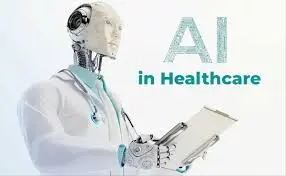
Predictive analytics models powered by AI are also capable of predicting the needs for healthcare resources, which helps optimize hospital operations and resource distribution.
As an example, consider a smartphone app driven by artificial intelligence (AI) that continuously tracks vital signs and health indicators, notifying users and medical professionals of impending health problems and enabling prompt actions.
AI and Climate Change:
AI plays a key role in environmental monitoring and climate modeling in addition to weather forecasting. Machine learning algorithms detect deforestation, monitor water and air quality, and evaluate the effects of human activity on ecosystems by analyzing sensor data and satellite pictures. Policymakers may investigate many scenarios and create evidence-based plans for climate resilience and adaptation with the help of AI-driven simulations.
Imagine for instance, an AI-driven platform that compiles environmental data from multiple sources, enabling scholars and decision-makers to spot patterns and create focused actions to lessen the effects of climate change on areas who are already at risk.
AI & Creativity:
AI-generated content encompasses storytelling, design, and even scientific discoveries, in addition to visual art and music. Models for natural language generation can generate interesting stories and articles, create content automatically, and help authors come up with ideas. AI-driven design tools can also produce creative layouts and prototypes, encouraging innovation and stretching the bounds of conventional design methods.

For instance, that an AI-powered writing assistant works with authors to improve their writing by providing them with advice on character development, plot ideas, and language refining techniques. This would ultimately improve the storytelling process and captivate readers with compelling narratives.
Artificial Intelligence in Education:
Although AI has the ability to completely transform education, it also brings up issues with accessibility and equity. AI-powered personalized learning platforms may adjust the pace and substance of instruction to meet the needs of each individual student, increasing engagement and academic performance.
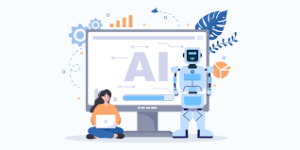
To guarantee inclusive and high-quality education for all students, it is imperative to remove algorithmic biases and guarantee fair access to AI-driven educational resources.
Personalized support and feedback are provided to maximize learning outcomes for a varied student body by an AI-powered adaptive learning platform that customizes instructional materials and assessments to each student’s learning preferences and skill level.
AI and Natural Language Processing:
AI-powered NLP technologies are revolutionizing communication and content creation in addition to voice assistants and chatbots. By condensing long texts and articles into succinct summaries, summarization algorithms can improve information retrieval and understanding.
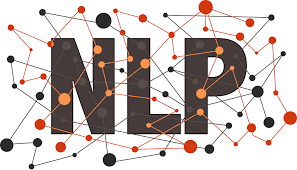
Sentiment analysis technologies provide important insights into consumer trends and public opinion by analyzing social media posts and customer reviews.
As an illustration, consider an AI-powered news aggregator that creates customized newsfeeds for users based on their interests and preferences. It does this by using natural language processing (NLP) algorithms to filter and summarize articles and promote social engagement and informed decision-making.
Through utilizing AI’s potential in these various fields, we can solve difficult problems, open up new avenues, and build a more sustainable and inclusive future for everybody. Transparency, accountability, and human-centered design principles must be given top priority as we negotiate the ethical and sociological aspects of AI deployment in order to make sure that technology advances society and empowers people all around the world.

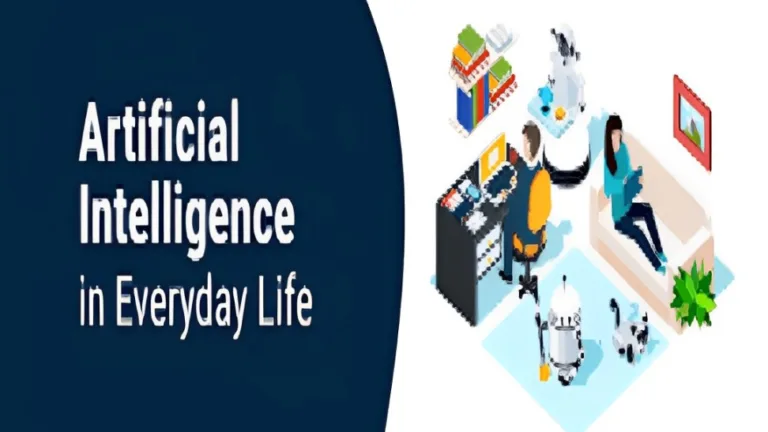
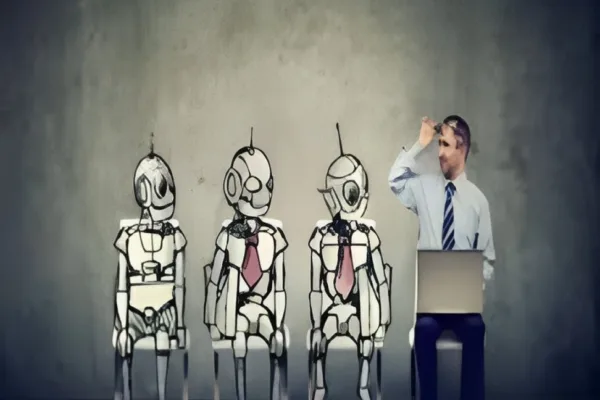



Your commitment to personal growth is evident in every post. Your journey inspires others to embrace self-discovery and continuous improvement.
This podcast episode resonated with me on so many levels. Your storytelling and the depth of your conversations make for an engaging listen. Can’t wait for the next one!